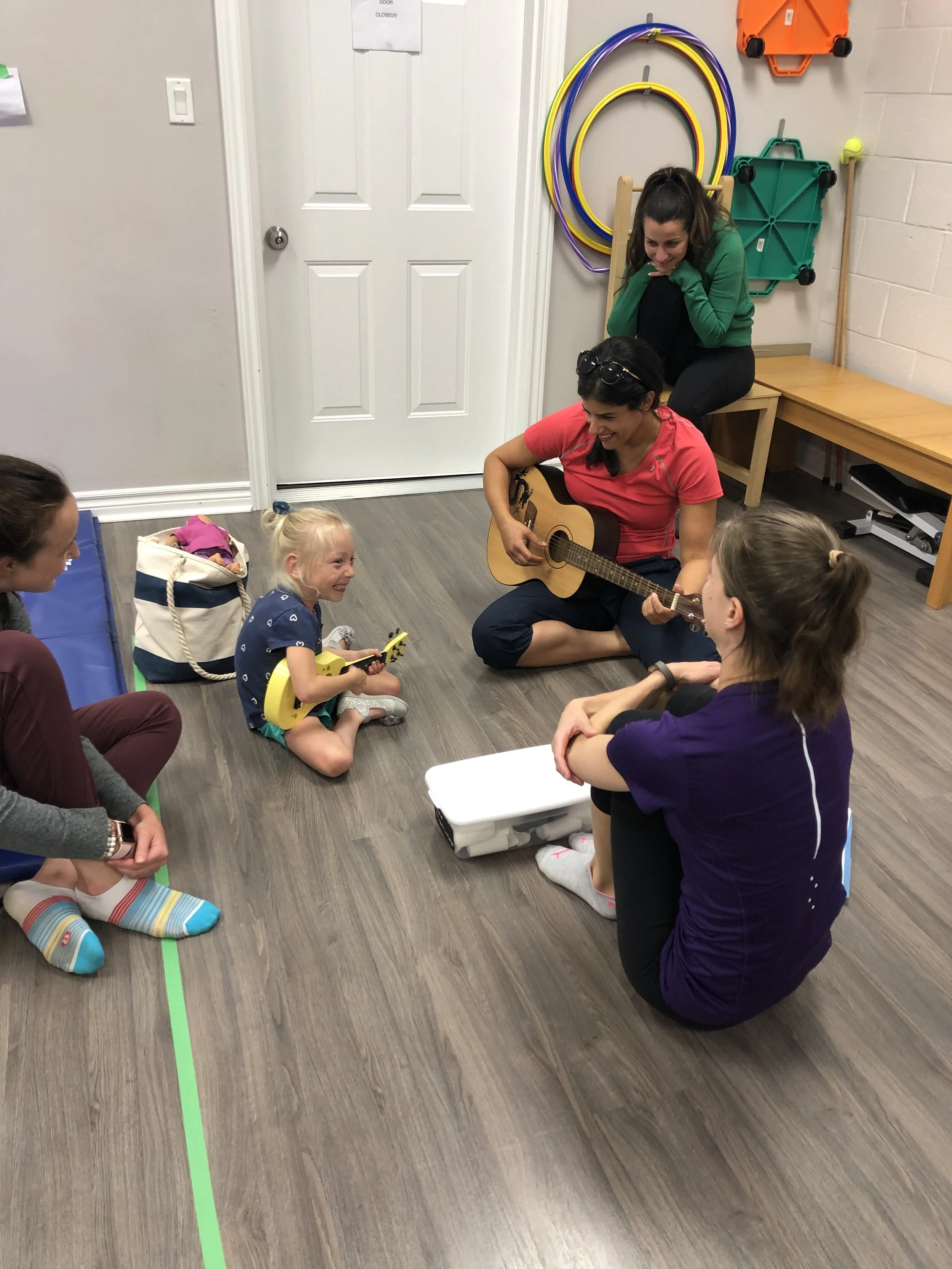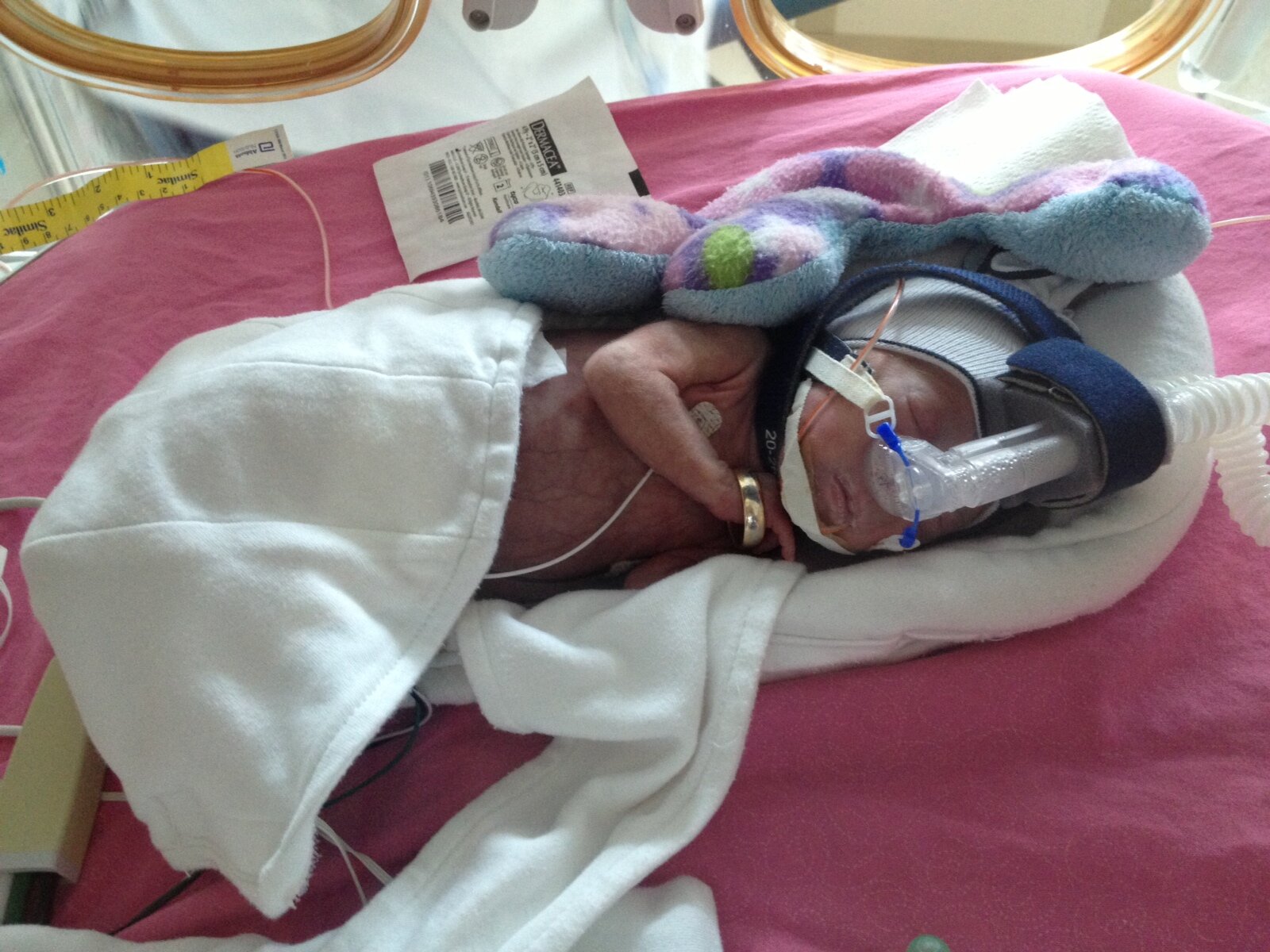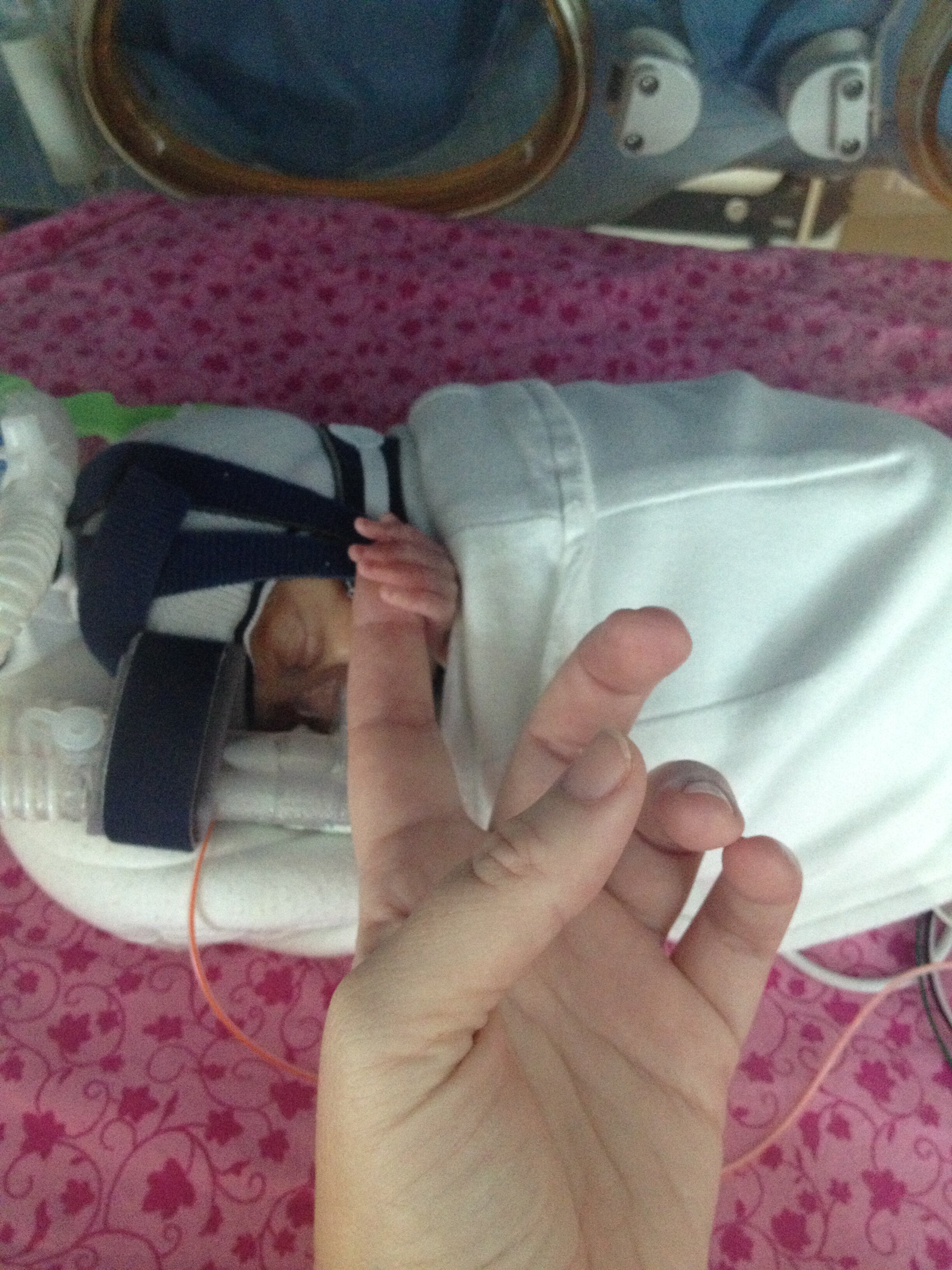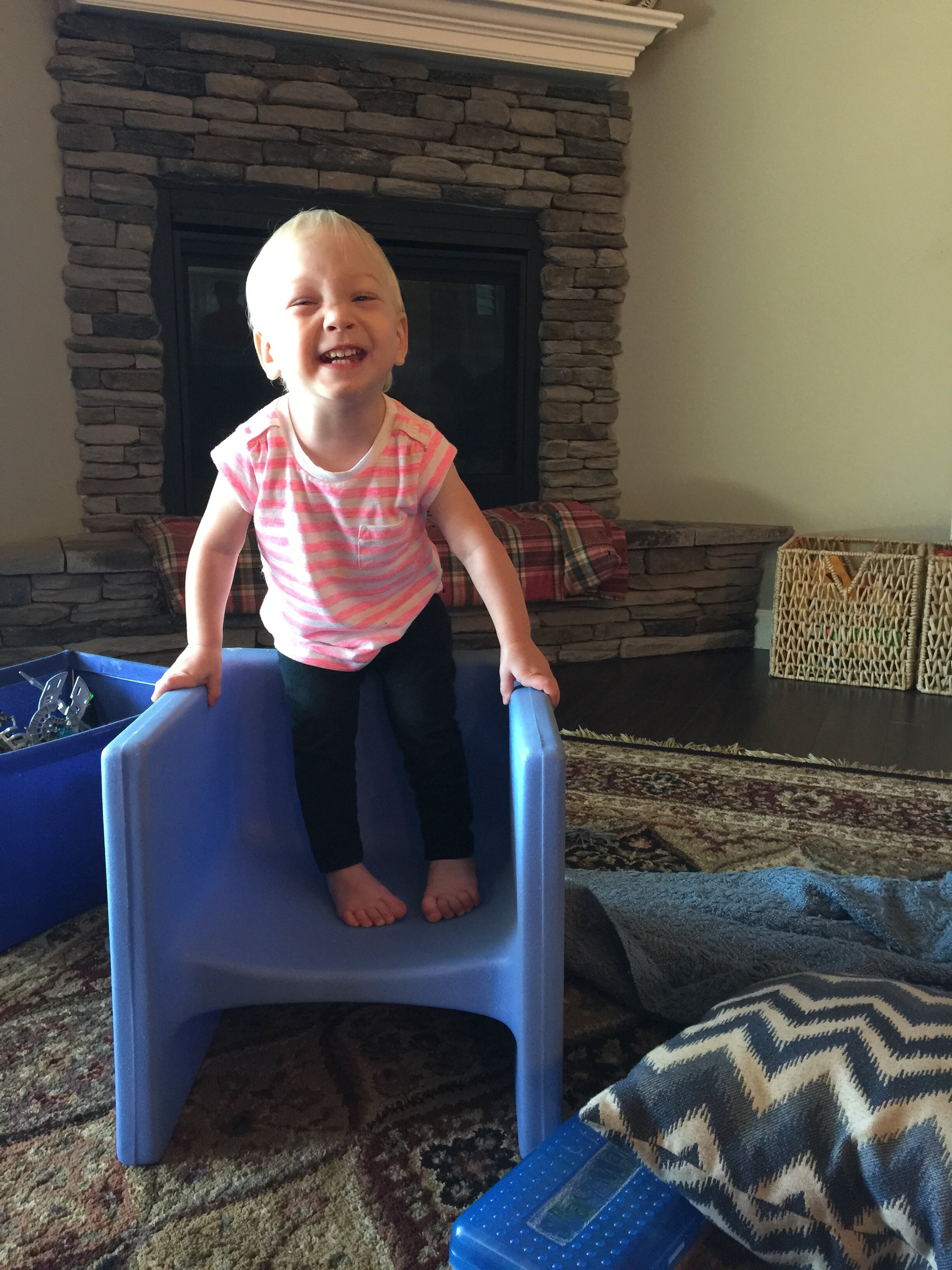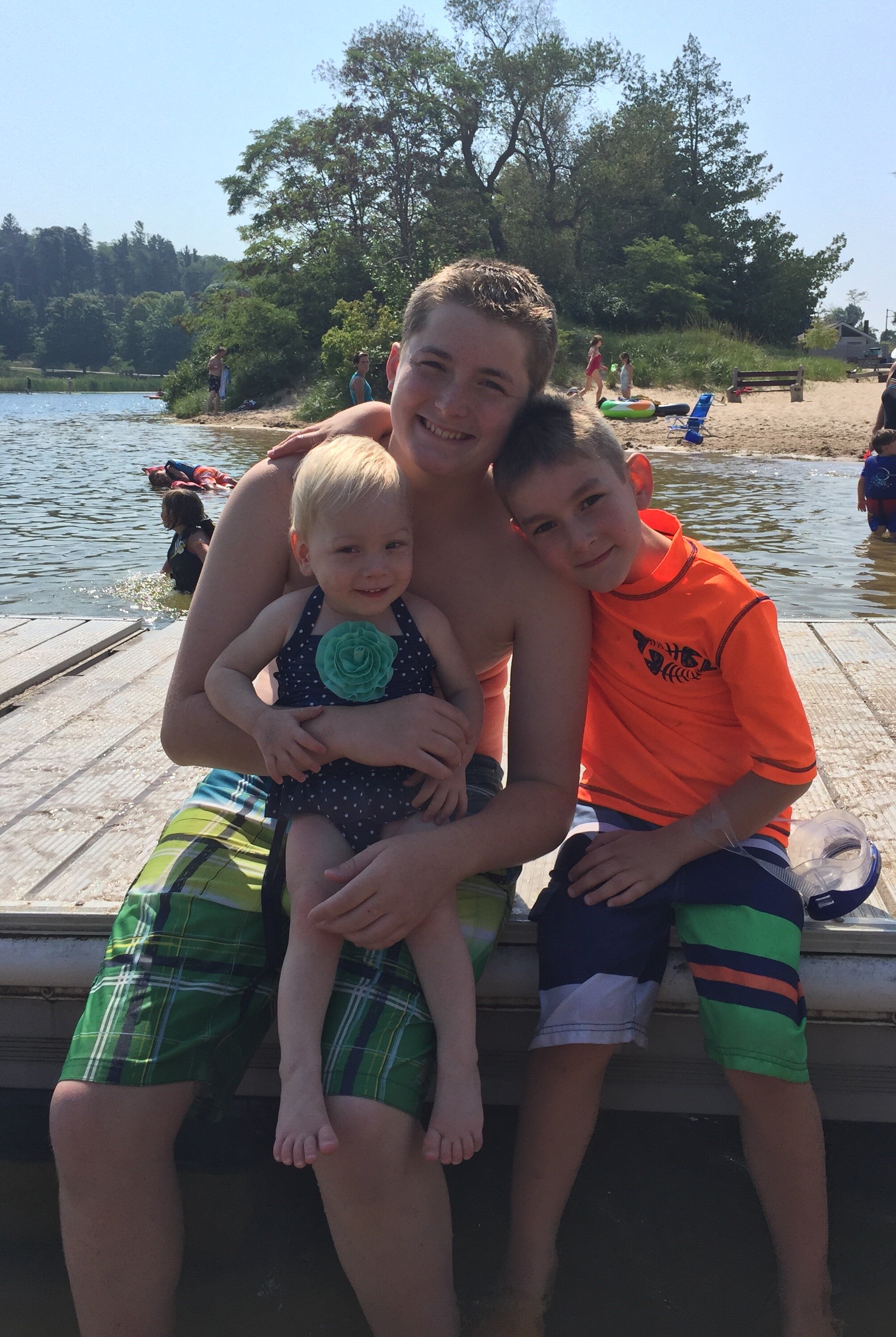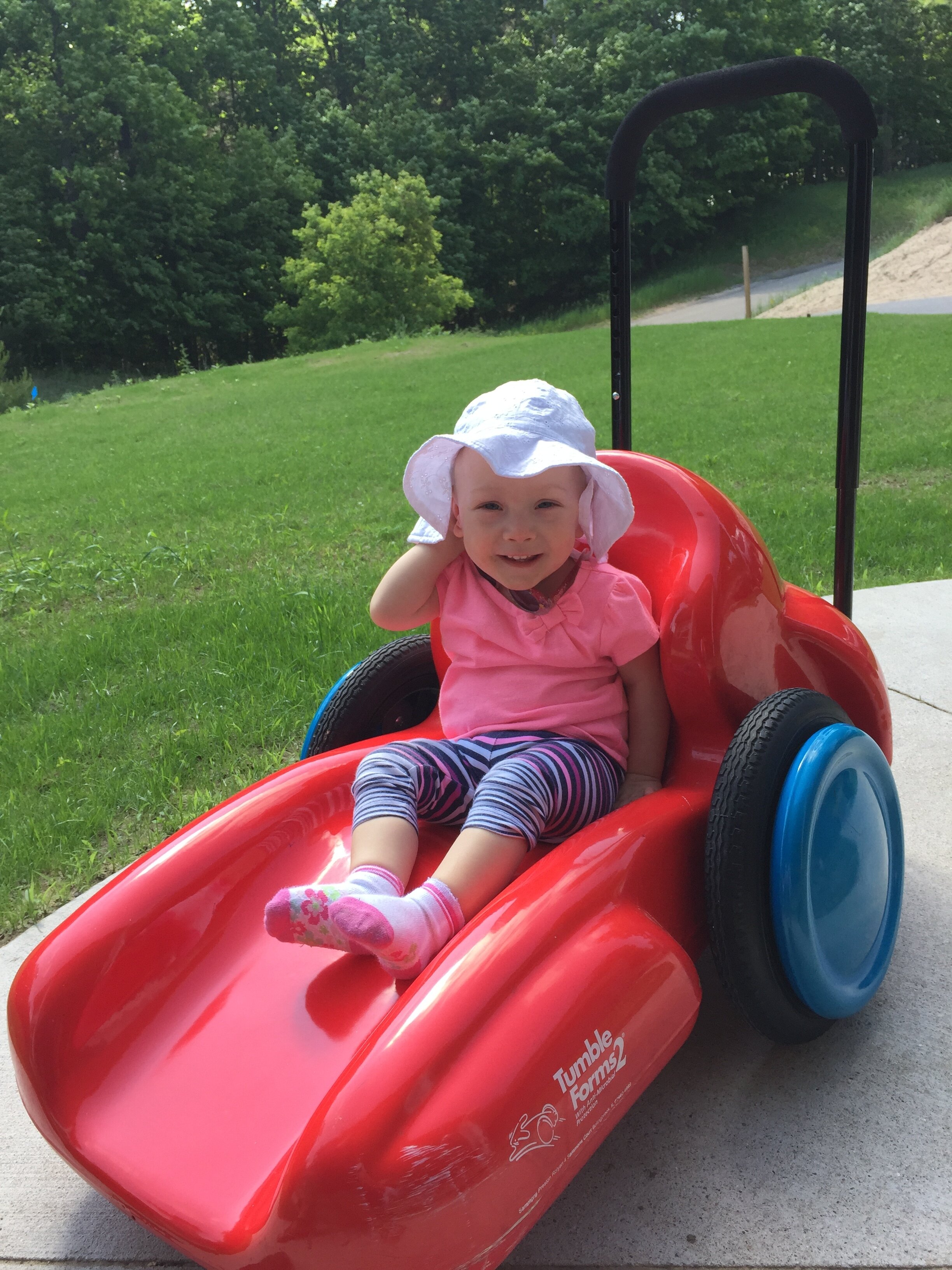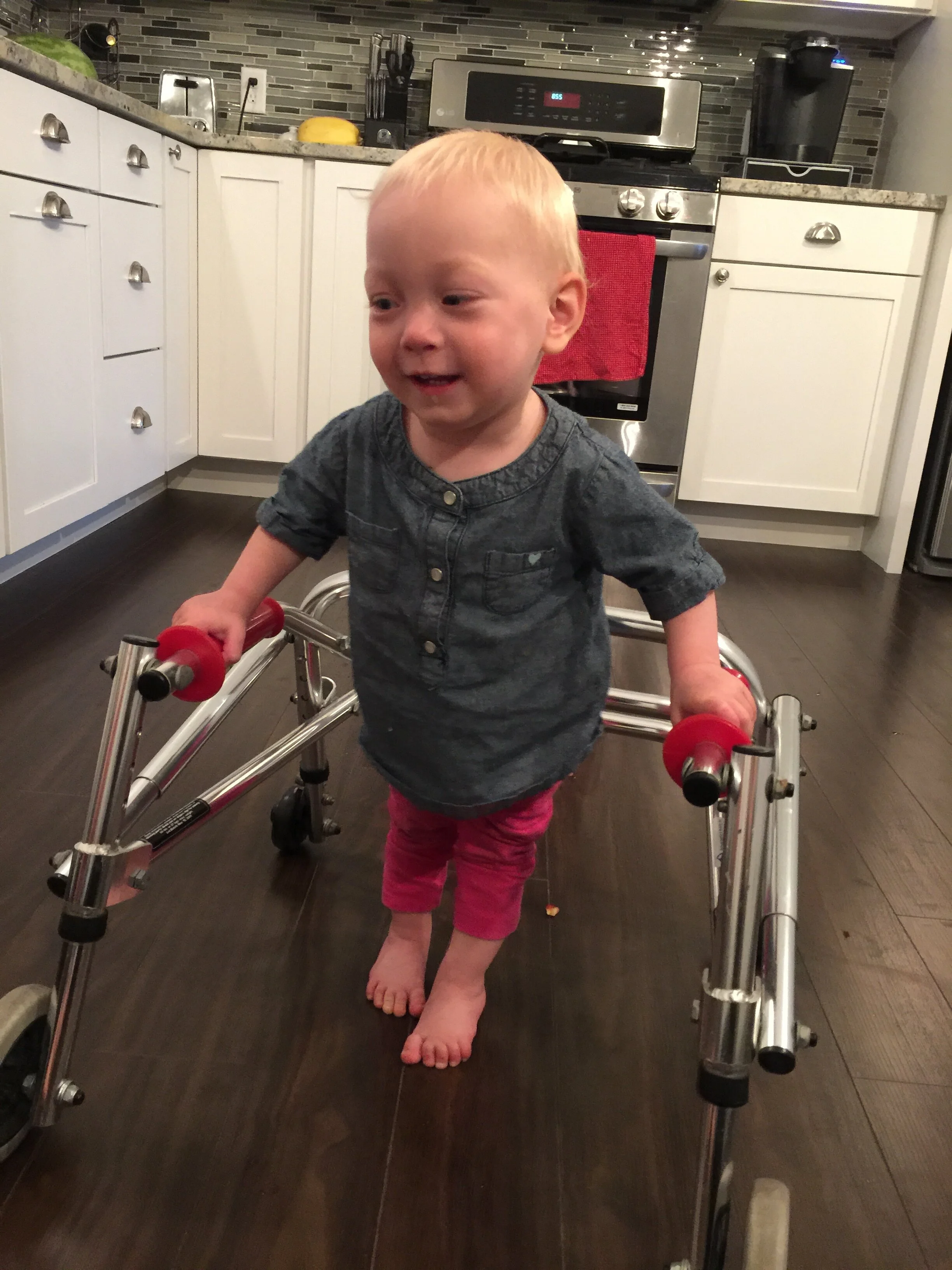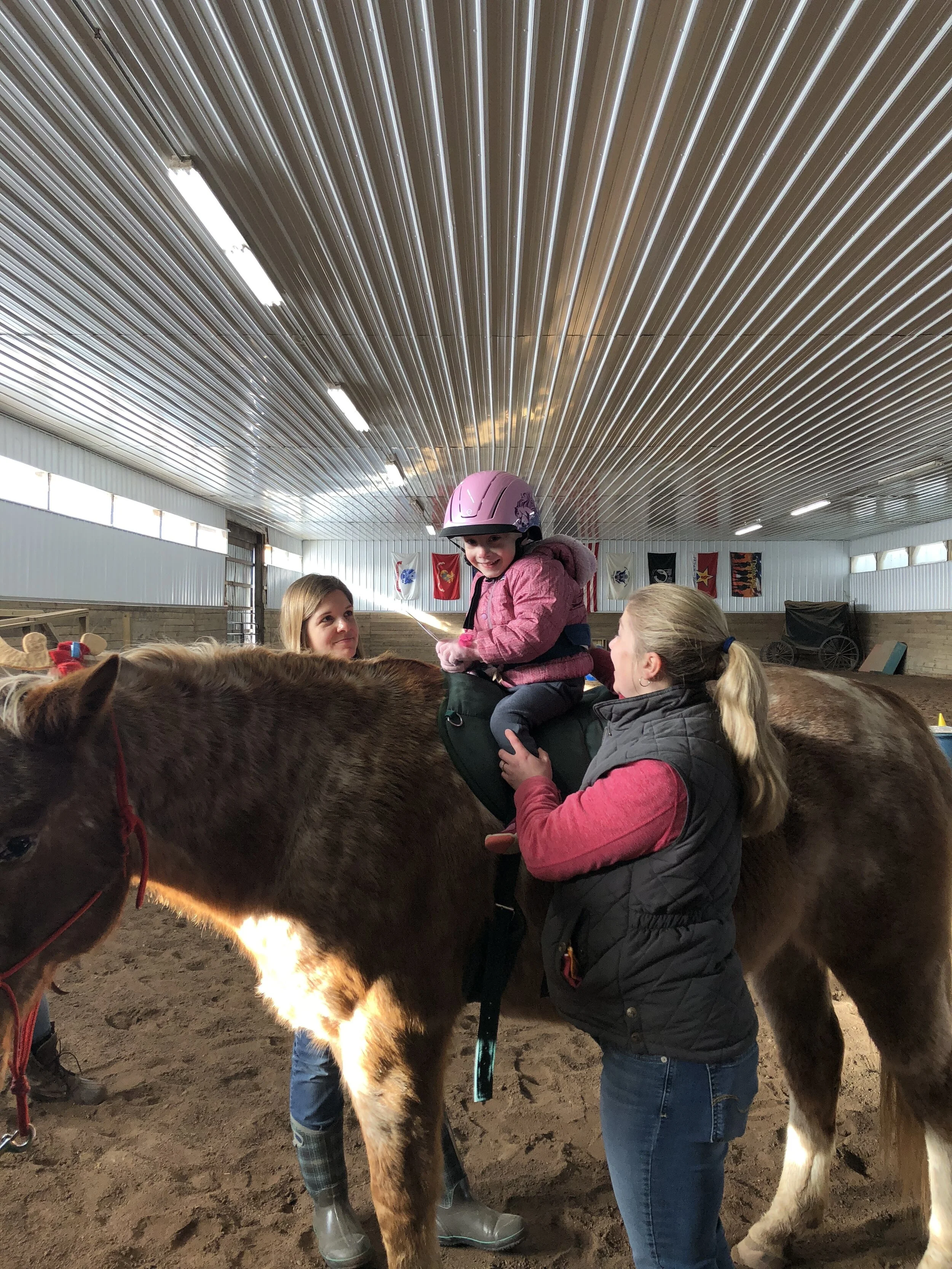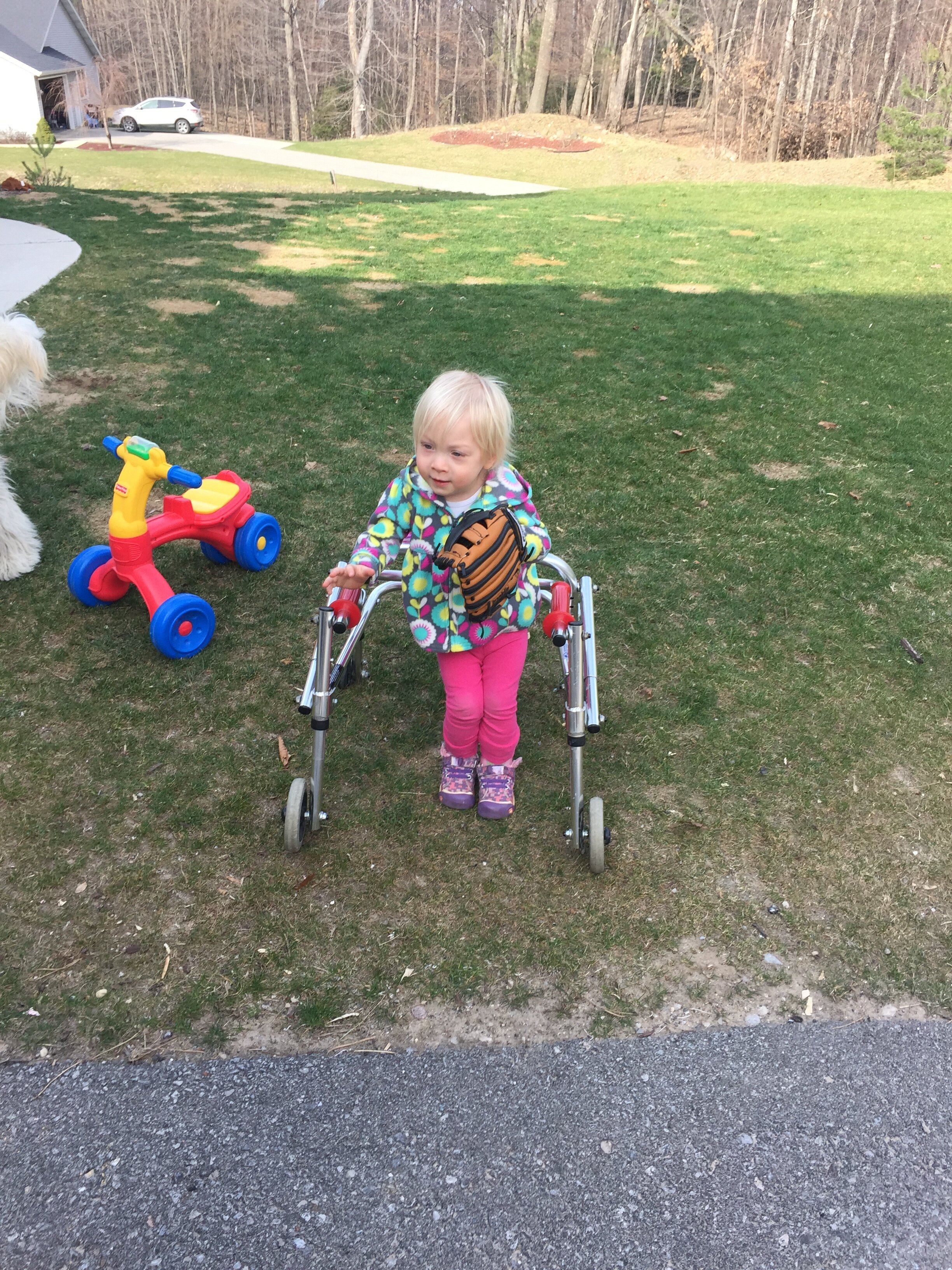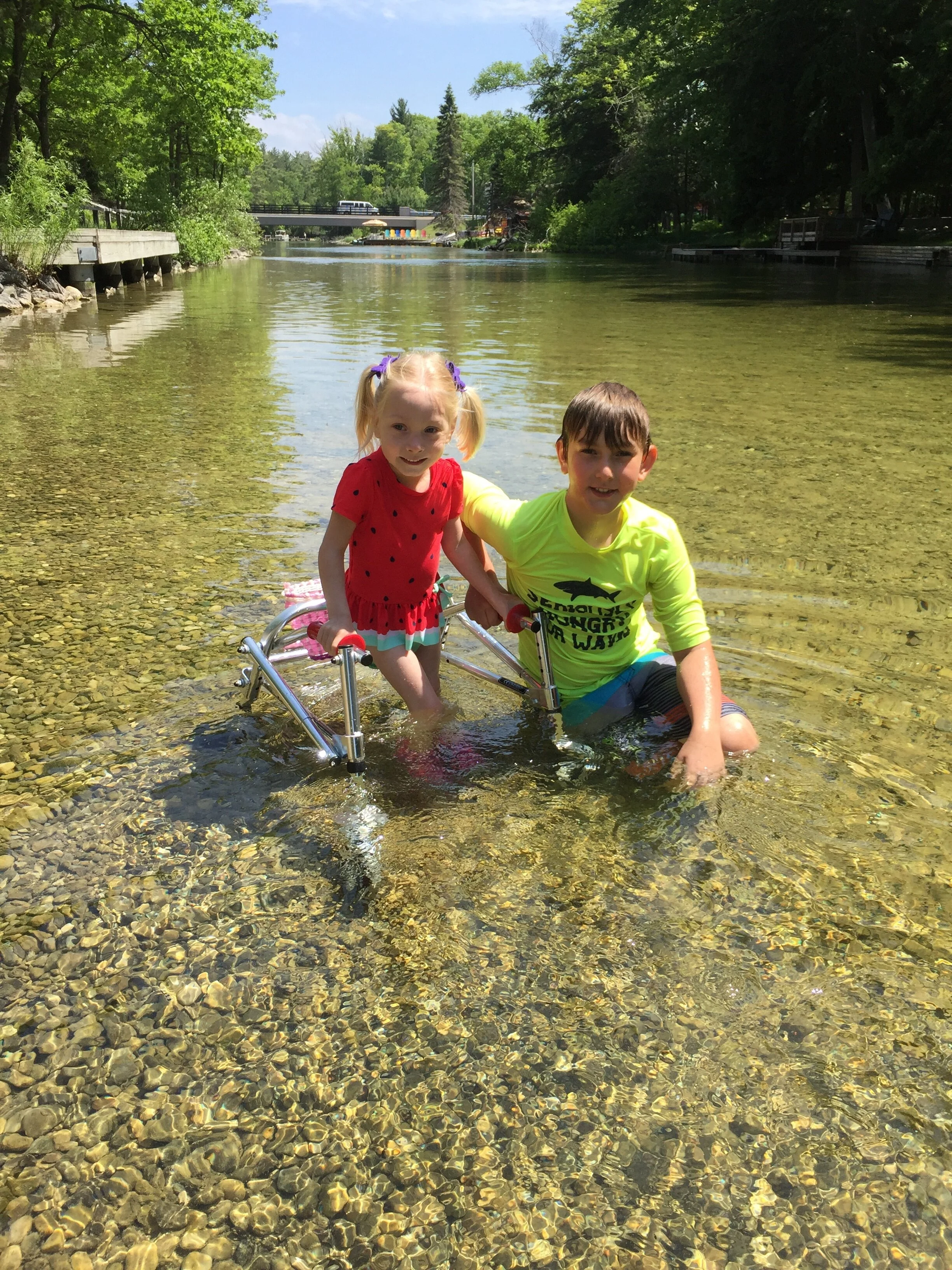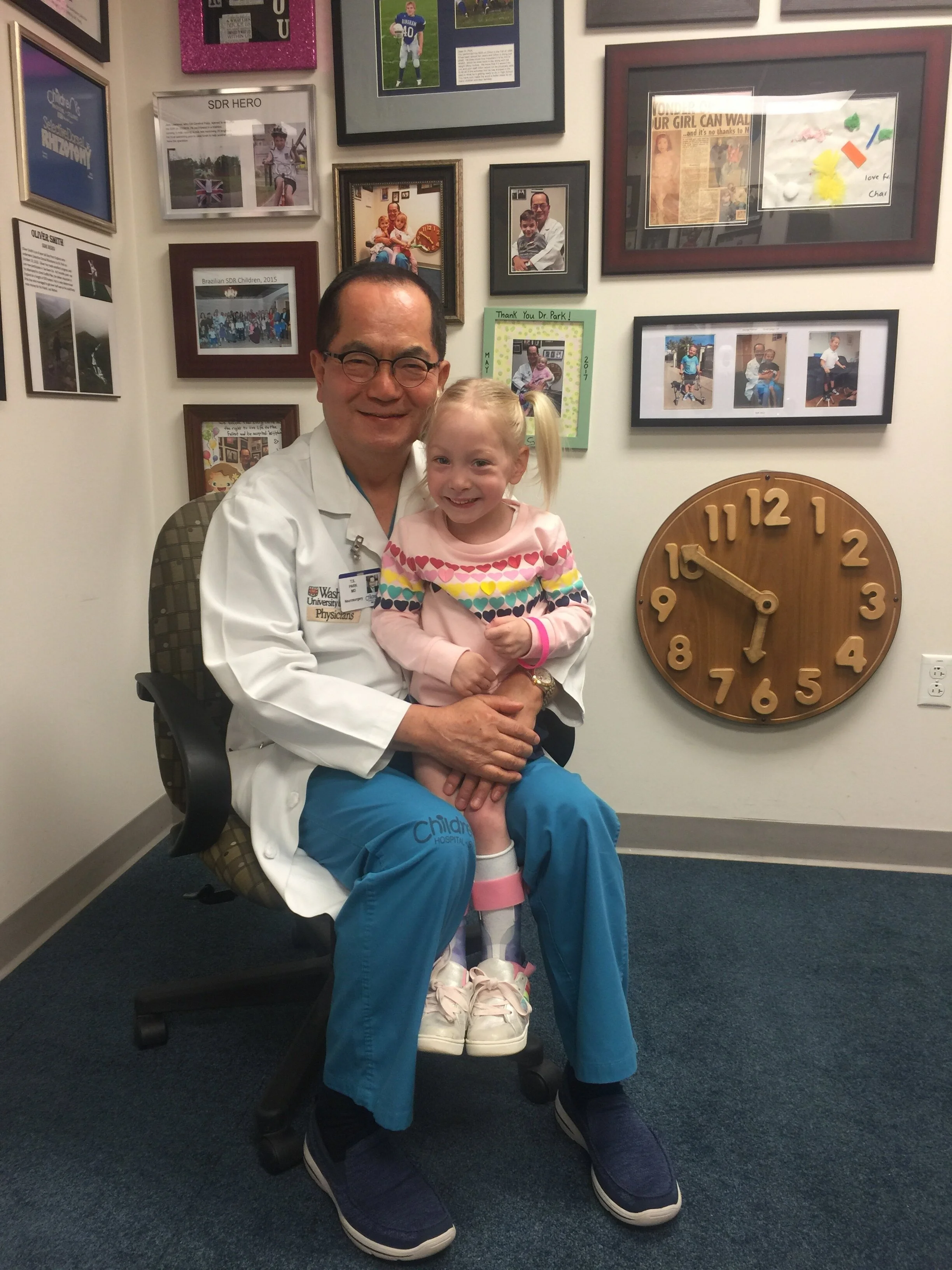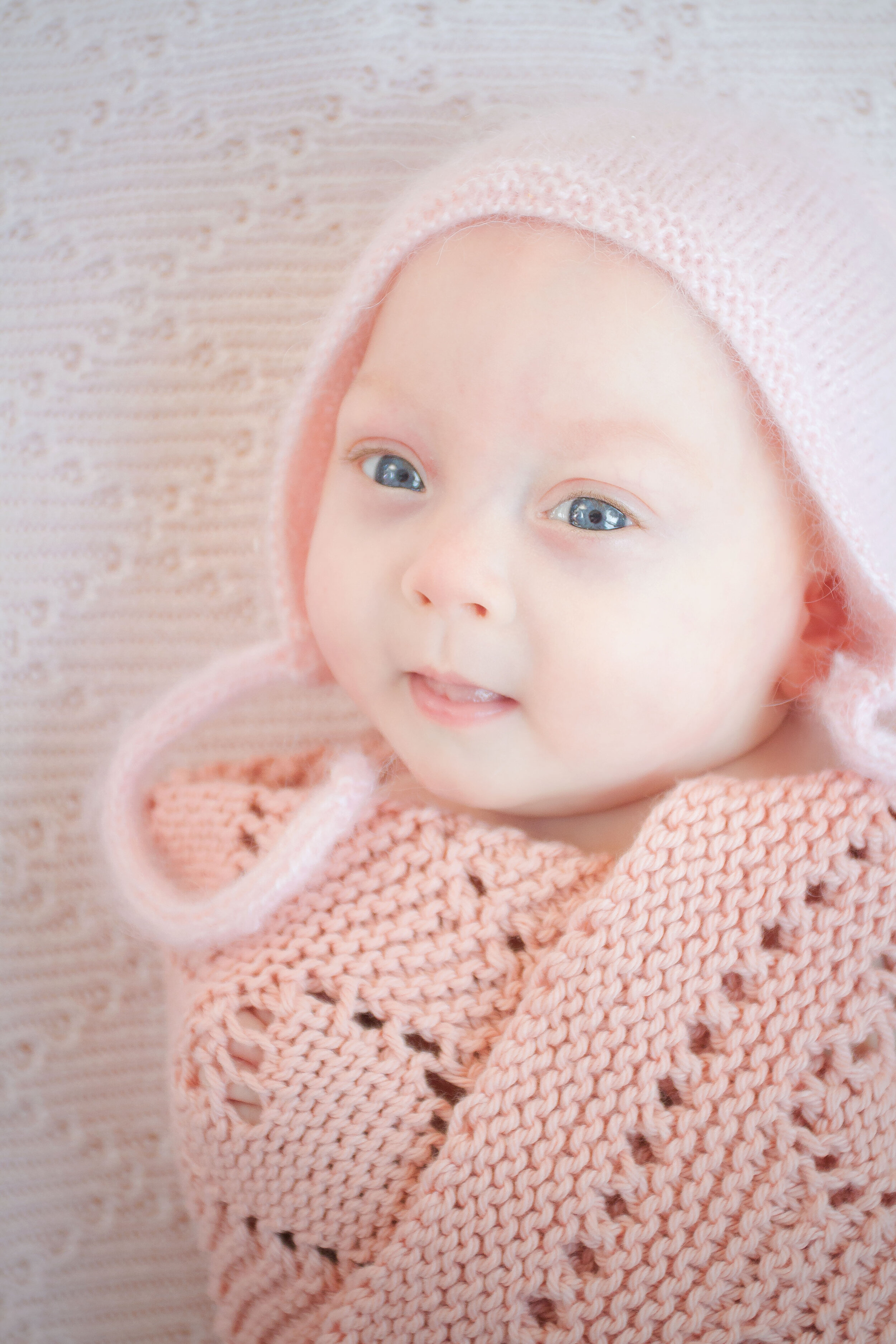
“Though she be but little she is fierce”
- Shakespeare
Mighty From The Start
Maya was born at 26 weeks in the fall of 2013. Weighing just 1 lb. 10oz., and measuring only 11 inches long, Maya was considered a Micro Preemie. For reference, that's about how much a large package of butter weighs. Before we even got to hold our sweet girl, she was rushed to the NICU in a hospital three hours away from our hometown. Maya spent the first 87 days of her life in the NICU fighting to come home to be with her two older brothers. After several scary setbacks and interventions, Maya came home without any hint that she might have any lasting issues from her extreme prematurity. It seemed like she had beaten the odds.
She Just Needs to Catch Up
For the first six months at home Maya thrived, meeting most of her developmental milestones right on time. There were some minor developmental things, but they were always chalked up to her prematurity. The line from all of her doctors was, “she will catch up.” It was such a huge relief to hear, but as time went on, it became harder to believe. When Maya turned one, I remember thinking this wasn’t ‘normal’. She was lagging way behind in her motor development, and it wasn’t just because she was a preemie. Her legs were often tight, and Maya wasn’t meeting major motor milestones, like sitting up, crawling, and walking. Though the doctors kept saying she just needed time to catch up, a mom knows when something is not right.
The Diagnosis
When Maya was a year and a half old I decided I had enough with the doctors telling me everything was fine. It was time to push her neurodevelopmental specialist to look closer. Just before Maya turned two, at her specialist appointment, they said that now that she was older, they had a suspicion that what we were seeing was Cerebral Palsy (CP). They ordered an MRI, and the diagnosis was confirmed. Maya’s MRI showed Periventricular Leukomalacia (PVL). PVL is essentially damage to the white matter of the brain, a common causal factor among children with CP.
Moving Forward
Once we had our diagnosis, we threw ourselves into therapies and treatments. There is no cure for CP, only management through various therapies. So, from the age of two, Maya has spent countless hours in outpatient and in-home therapies to build strength and work towards independence. I’ve never seen a kid work harder to do things that come so easily to most. In the early days, therapy was HARD. Maya did not enjoy therapy and frankly it seemed like we were never making any progress (which wasn’t true, but that’s how it felt). As time went on, therapy became much more enjoyable, and Maya was motivated to practice things with us at home.
Showing CP Who’s Boss
Boss Moves
Maya’s type of CP causes the muscles in her hips, legs, and feet to be tight or spastic. For Maya, the hardest part of CP is maintaining her balance and moving her legs in a normal pattern due to spasticity. Her brain is not able to stop the signal to her legs that tells them to relax. Even with hundreds of hours of therapy and practice at home Maya was unable to stand on her own for more than a few seconds or walk without the use of a walker. Despite her challenges, Maya would give her all every day. If her brothers played baseball, she played baseball; if her friends were climbing a snowbank, she would be right behind them with her walker. She has always had an incredible will and a tenacious attitude.
Facing The Future
CP is not a progressive condition; however a person with CP will often lose mobility as their spasticity causes daily wear and tear on their body as they age and grow. We learned that Maya might need multiple surgeries and face permanent changes to her bones and joints because of her CP. We also learned that this could lead to a loss of mobility, mobility that she had worked so hard to gain. When we discovered these things, we knew we needed to do something different for our girl.
Think Bigger
We began painful Botox injections and started talking to her doctors about a Baclofen pump to help reduce her spasticity. We quickly realized these were not long-term solutions for Maya, so we began researching other treatments. After countless hours and months of research, we learned about a life-changing surgery called Selective Dorsal Rhizotomy (SDR). During SDR, a surgical team exposes the spinal nerves and uses electromyography (EMG) to test each nerve to determine which ones are causing the most spasticity. Then the surgeons selectively cut those abnormal rootlets causing the most spasticity. We learned that SDR was the only option available to permanently reduce Maya’s spasticity. SDR would give her the ability to live with less pain and greater mobility, essentially giving her a chance at a better quality of life.
Meet Me in St. Louis
While we had extensive evaluations at multiple hospitals, we decided on St. Louis Children’s Hospital in Missouri for Maya’s SDR. St. Louis Children’s Hospital is where Dr. TS Park, one of nation’s leading pediatric neurosurgeons and a pioneer of this innovative, transformative surgery is based. Dr. Park predicted SDR would one day allow Maya to WALK INDEPENDENTLY, an absolute dream come true for our fiercely independent Mighty Girl. Even with this prediction, I won’t say it was easy to go ahead with SDR, because it wasn’t. This decision was one of the most agonizing choices we have ever had to make as parents. But the alternative was to do nothing and watch Maya potentially lose function over time, that wasn’t an option. So in May of 2018, Maya had her life-changing SELECTIVE DORSAL RHIZOTOMTY with Dr. Park. It was the best decision we have EVER made for Maya. Without her spasticity holding her back, the sky is the limit.
The Real Work Begins
Once released from the hospital, the real work began. Following SDR, Maya started intensive physical therapy, attending five times a week physical therapy. This intensive PT was crucial for Maya to regain strength and to train her brain and body to work together. Our Mighty Girl showed us early on in her recovery just how hard she was working. Within only seven short weeks post SDR Maya took her very FIRST INDEPENDENT steps. Such a dream come true for her and us.
Anything is Possible
Since that day, Maya has been inspiring those around her with her MIGHTY will and PERSEVERANCE. She continues to work hard in physical therapy and meet new milestones. We try not to let Maya’s diagnosis define who she is, her life is so much more than CP. She has a full and happy life that includes a loving family, a three-legged dog who is her constant sidekick, a boatload of friends, school, a dream job as a spokesperson for Clearwater Marine Aquarium, and much, much more. She is living her life with CP like a total boss.
Looking Forward
We try to help Maya accept where she is physically each day while also pushing her to live up to her full potential. It’s not easy! Let me repeat, NONE of this is easy. Watching your child struggle with things that come so quickly to most stinks. It just does. I’m not sure there is any magic that makes this struggle easier, but if there was one piece of ‘something’ that we can share with others that have made it more manageable for us it is “get back up.” Our family lives by the Japanese proverb, “fall down seven, get up eight.” We know we are going to fall, but we get back up and try again and again and again. No one has an easy life. Everyone has to learn how to get back up. We just have to do it a little more often. If you get back up, anything is possible.
Get Involved
Help children just like Maya have a better quality of life and gain more independence through our ‘Bee Mighty’ scholarships for Intensive Physical Therapies.
